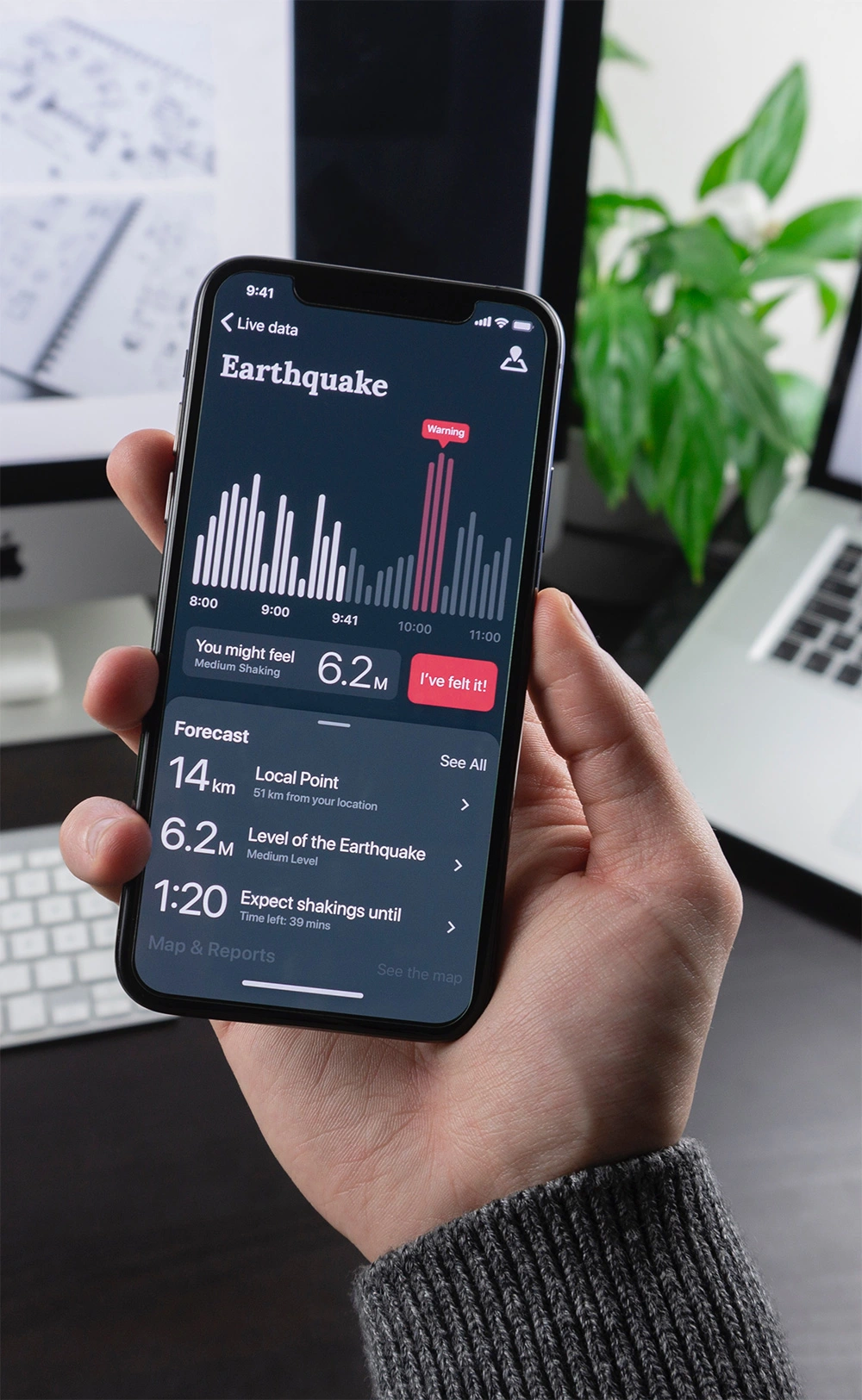In today’s digital-first economy, a company’s online presence is often its first—and sometimes only—opportunity to connect with potential customers. While visual appeal is a crucial aspect of creating a strong brand presence, business growth requires a lot more than that. This extends to the strategies you use for your website.
A thoughtfully executed UI/UX design can directly impact your user behavior, shape brand perception, and influence key business metrics such as engagement, retention, and revenue.
Let’s explore how a well-designed digital experience translates into measurable business growth.
Increased Customer Engagement and Retention
A seamless, user-friendly interface plays a vital role in retaining visitors and converting them into loyal customers. Research consistently shows that companies prioritizing customer experience see significantly higher retention—up to 42%—and a 33% increase in customer satisfaction.
88% of users are unlikely to return after a poor user experience. These numbers highlight a simple truth: users stay where their journey feels smooth, intuitive, and rewarding. A clear design, consistent navigation, and fast-loading pages create the kind of frictionless environment that invites repeated visits.
Improved Conversion Rates with Efficient UI/UX Design
At the core of UI/UX design lies a singular goal: guiding users toward specific actions. Whether it’s subscribing to a newsletter, completing a purchase, or booking a demo, a thoughtfully designed experience nudges users in the right direction.
Effective design eliminates confusion, removes friction, and builds a logical path through the product or service journey. According to Forrester, a well-designed UI can boost conversion rates by up to 200%, while an exceptional UX can drive increases of up to 400%. These improvements don’t happen by chance—they stem from deliberate, user-focused design that aligns with business objectives.
Enhanced Brand Perception
Your website or app is often the first impression your brand makes. Within seconds, users begin forming opinions based on layout, responsiveness, readability, and interactivity. A professional, aesthetically pleasing, and cohesive design conveys credibility and trust, critical factors in influencing purchase decisions.
In contrast, a cluttered or outdated interface can erode confidence, regardless of the quality of your product or service. Every design choice—from color palettes to typography—serves as an extension of your brand. When done right, UI/UX doesn’t just reflect brand identity—it strengthens it.
Competitive Advantage
In a marketplace where offerings are increasingly commoditized, the user experience becomes a powerful differentiator. Product features and pricing can be matched by competitors, but a unique, enjoyable experience is far harder to replicate.
UI/UX design tailored to customer needs and behaviors helps brands stand out. A smooth onboarding process, intelligent navigation, and personalized interactions can leave lasting impressions that drive word-of-mouth referrals and increase customer loyalty. In other words, a superior user experience can become a brand’s most strategic asset.
Improved Accessibility
Inclusive design is more than a legal or ethical consideration—it’s also a smart business strategy. Roughly 15% of the global population lives with some form of disability. Ignoring accessibility means excluding a significant segment of the market.
Accessible design ensures that your product or website is usable by everyone, including people with visual, auditory, cognitive, or motor impairments. Additionally, 76% of disabled consumers are loyal to brands that prioritize accessibility. By following standards like WCAG and leveraging tools like screen readers and keyboard navigation, businesses not only expand their reach but also showcase their commitment to social responsibility.
Data-Driven Improvements
The most effective UI/UX designs aren’t based on guesswork. They are grounded in data.
Tools like Google Analytics, Hotjar, UXCam, and Mixpanel allow teams to analyze user flows, identify drop-off points, and gather behavioral insights.
A/B testing is particularly useful in refining design decisions. By presenting users with different versions of a page or feature and measuring performance, teams can make informed choices that directly enhance user satisfaction and business outcomes. Data-driven iteration reduces risk, increases ROI, and ensures design efforts are continuously optimized.
Enhanced Mobile Experience
Mobile usage has surged in recent years, with over half of global web traffic coming from smartphones and tablets. This makes mobile UX a top priority. A responsive, mobile-optimized design ensures that content is legible, navigation is easy, and features work seamlessly across devices.
Statistics show that 74% of users are more likely to return to a mobile-friendly website, while 52% say a poor mobile experience negatively impacts their perception of a business. Given how often mobile is the first touchpoint, optimizing for smaller screens can significantly impact engagement, retention, and revenue.
Maximizing Impact with Design Tools
The tools UI/UX teams use also influence speed, quality, and collaboration. Platforms like Figma, Adobe XD, and Sketch have revolutionized the way digital products are designed. They allow for real-time collaboration between designers, developers, and stakeholders, ensuring feedback loops are tight and iterations are rapid.
These tools support wireframing, prototyping, user testing, and developer handoff in the UI/UX design process—all from a centralized workspace. By integrating these tools into the workflow, businesses reduce time-to-market, minimize costly design errors, and deliver more cohesive user experiences. In short, the right tools make good design scalable.
In Conclusion
Brands that are looking to scale must not look at UI/UX design as just a creative layer, but rather a strategic tool to move closer to their business goals. At Zigboxx Studios, we translate complex user behavior into seamless digital experiences that drive engagement, retention, and revenue.
Our approach combines clarity, functionality, and design precision to turn first-time visitors into loyal customers. Whether you’re launching a new website or refining your existing interface, our ui ux design services are here to help you create experiences that deliver measurable business results.
Ready to elevate your brand through smarter UI/UX design? Let’s talk.
FAQs
1. How does UI/UX design directly impact business growth?
A well-crafted UI/UX design influences user behavior, boosts engagement, and drives conversions. By reducing friction, improving navigation, and creating enjoyable digital experiences, businesses can see measurable gains in customer satisfaction, retention, and revenue.
2. Why is accessibility important in UI/UX design?
Accessibility ensures that digital products are usable by everyone, including people with disabilities. Prioritizing inclusive design not only broadens your customer base but also builds brand trust and loyalty. In fact, 76% of disabled consumers prefer brands that focus on accessibility.
3. What tools help create effective UI/UX designs?
Leading tools like Figma, Adobe XD, and Sketch streamline design collaboration, prototyping, and testing. These platforms allow teams to iterate faster, minimize design errors, and deliver cohesive, user-focused digital experiences that align with business objectives.





 in India.
in India.